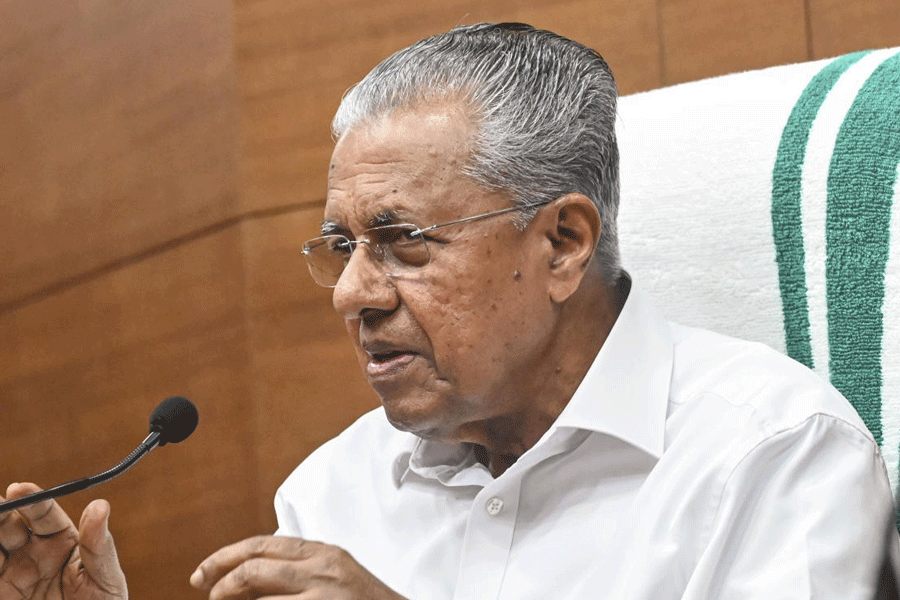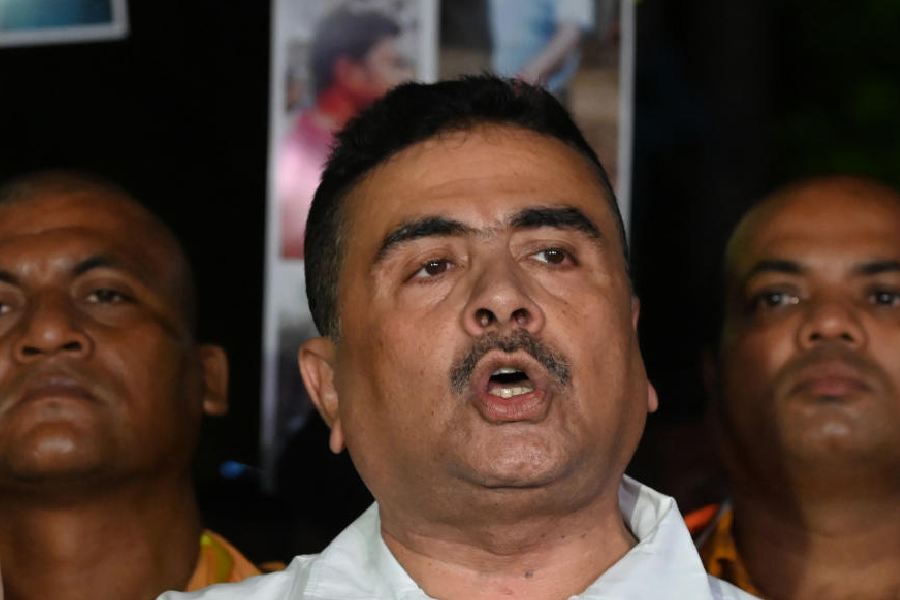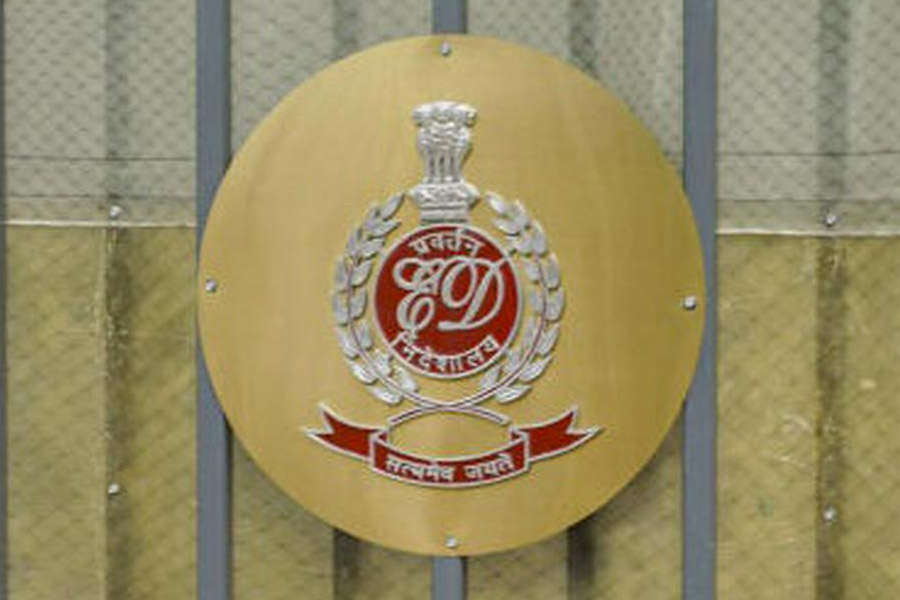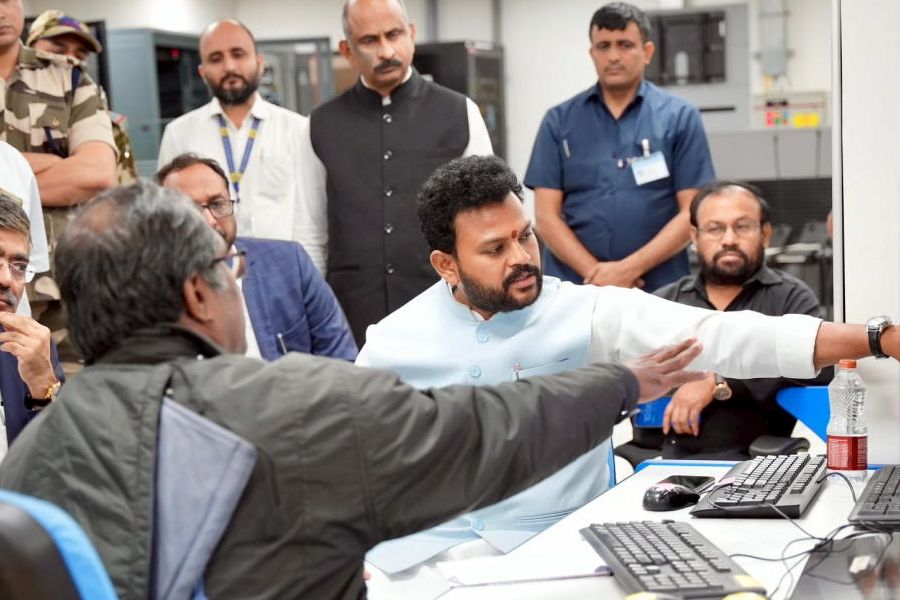|
|
| Picture from Outlook |
Encomia are in order for old men who die: the less the survivors know about them, the more fulsome the encomia. This is the case with K. N. Raj, who died last week. It is 40 years since he left Delhi, and 25 years since he stopped practising economics. So his sparse obituaries depict him as the great visionary who wrote out the first five-year plan single-handedly and built up the Centre for Development Studies into a powerhouse of research.
Raj went to the London School of Economics in the mid-1940s. During World War II, its Houghton Street building was taken over by the ministry of economic warfare, while the LSE was exiled to Cambridge and accommodated in Pembroke College. It was there that Raj went. As a result, Raj had a chance to go to the lectures of Nicholas Kaldor and Joan Robinson, just as I.G. Patel could go to Lionel Robbins’s lectures. Both were from that post-war generation of bright Indians who got a good education in economics. They came back to a newly independent India, with a passion to help it overcome the centuries of slumber under British rule and make it rich, equitable and proud.
There was not much demand for economists in British India; the Reserve Bank and universities were the only major employers. The setting up of the Planning Commission in 1950 created a new market for them. But initially, it was a modest affair, housed in the finance ministry; it had four members, and no deputy chairman. The first five-year plan was put together out of scrappy statistics, around one leading idea: that the government had to access more resources, and invest as much of them as possible. Raj did draft a good deal of it, but it was the product of a small team of friends.
The plan and the annual budget apart, there was not much to do for an economist in the government. Raj lingered for a while, but working in the government is frustrating even today when economists are better valued; it must have been numbing in the 1950s. Raj lingered on for a while, but then looked for greener pastures; and V.K.R.V. Rao netted him. Rao did his PhD under Colin Clark in Cambridge in the 1930s. Clark had, with John Maynard Keynes’s encouragement, made the first estimate of British national income; Rao took his methodology and estimated India’s national income. After straying in south India for a while, Rao ended up teaching economics in Delhi University in 1942, and managed in 1949 to set up the Delhi School of Economics with some autonomy. On his invitation, Raj joined it in 1956. And Raj lured Amartya Sen, Jagdish Bhagwati, Sukhamoy Chakravarty and Mrinal Datta Chaudhuri to DSchool. They were not such famous figures then as they are now; they were bright young economists trained abroad — Amartya and Jagdish in Cambridge, Sukhamoy in the Hague, and Mrinal in Massachusetts Institute of Technology.
This was the DSchool I got to know when I came to Delhi. But it was not these famous names that made DSchool what it was. It was the informality — the ever-open doors of teachers, the open area around the canteen where teachers and students talked their heads off, the lively seminars and the labyrinthine library, which contained everything. Though Raj had moved on to higher things by then, DSchool was his creation, and bore his stamp.
I went first to Delhi in 1966 to be a corporate economist, and then moved over to a research institute. But when I decided to take a chair I was offered in the University of the South Pacific in 1973, Raj sought me out and said, “Ashok, you should not go; we need people like you in this country.” I was touched, and would have listened to him if it had not been for financial compulsions. Five years later, when I was in Sussex University, Raj again came to me and said, “I have now started a new centre in Trivandrum; come and join me.”
I listened to him and went. I saw something unique. Raj had got hold of Laurie Baker, who built him a beautiful, low-cost campus. He bought cheap bricks, and soaked them in water for a couple of days; if they did not disintegrate, he used them. He made large windows with wooden shutters; they gave ample cross-ventilation in the local humid climate, and obviated the use of glass. He scattered a few buildings on a hill; the woods separating them gave them a sense of privacy. And he built a tower to house the library; one could find a seat with a breathtaking view of the surrounding valleys, and get lost in books. Being on the campus, I could walk to the library at any time of the day or night. We could talk economics and much else in any of the many cosy corners. Students would walk into my home whenever they wanted sustenance, material or intellectual. The place was ideally designed for debating and creating economics. It was the DSchool model in a different environment.
I did not last long; Raj was away, and I ran into complicated faculty politics. And Raj was upset that I left. Personal fates do not matter. What matters is that Raj had an ideal in mind — of a free, democratic marketplace of ideas. He tried it out twice; it did not realize his dream either time. DSchool lost its young stars when Indira Gandhi brought high inflation, shrinking real salaries, and intellectual intolerance. CDS lost all the friends Raj had brought together — A. Vaidyanathan, N. Krishnaji, T.N. Krishnan, myself — the local politics made outsiders unwelcome. But Raj had a dream of creating an intellectual market place, where economics would emerge from friendly contention. It was a great ideal, and two failures do not prove it wrong. Raj was unlucky; but he was on the right track.
Raj spent much time building institutions, and not much doing economics. He was an empirical economist, interested in the working of the Indian economy. Most of his work emerged from policy debates of his time which today are of only historical interest. But that is characteristic of empirical economics. There is an orthodoxy in economics which places theory above empirical economics, and ranks economists on the basis of peer reviews. This international ritual will not help us understand or steer the Indian economy better; for that, economics will have to be tried out on facts. But the same rigour should be brought to empirical as to theoretical economics. This is what Raj aimed at in the institutions he built.
Raj had a tragic end. He was bedridden in his last years. After Sarasamma died in 2002, he did not have much company. His memory was failing; the first thing he would do when I visited him was to say, “First of all, tell me who you are.” This infirmity made conversation impossible. But the Raj I knew was a fun-loving, rambunctious, light-hearted man; he was a great friend.












